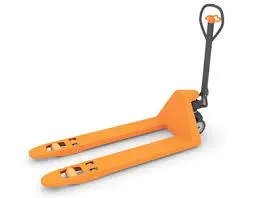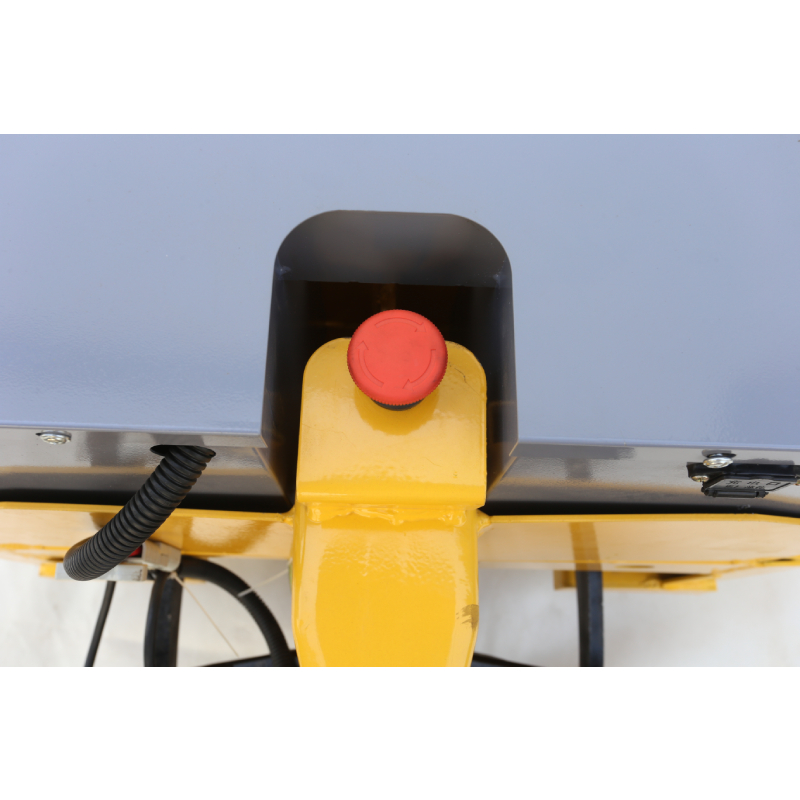Selecting the right fall arrester is a crucial decision for industries where safety at height is paramount, such as construction, utility services, and manufacturing. Understanding the pricing of fall arresters can significantly impact both compliance and budget considerations. This article provides an in-depth analysis of fall arrester pricing, offering insights based on real-world experiences, professional expertise, authoritative sources, and trustworthy evaluations.

The Importance of Fall Arresters
Fall arresters are vital safety devices designed to protect workers from falls by stopping them from hitting the ground after a fall occurs. These devices can be lifelines, self-retracting devices, or body harness systems. They are essential not only for regulatory compliance but also to ensure the safety and well-being of employees.

Factors Influencing Fall Arrester Prices
Understanding the factors that influence the pricing of fall arresters can aid businesses in making informed decisions. These factors include
1. Type of Fall Arrester Self-retracting lifelines (SRLs), rope grabs, and vertical lifeline kits are priced differently based on their design and functionality. SRLs,
for example, are often more expensive due to their compactness and retracting mechanism.
2. Material and Durability Devices made from superior materials like stainless steel or high-grade polymers are more costly due to their enhanced durability and resistance to harsh environmental conditions.
3. Brand and Manufacturer Established brands with a reputation for quality and safety certification can command higher prices compared to lesser-known manufacturers.
4. Technology and Features Fall arresters with advanced safety features such as quick-locking mechanisms, dual connections, and digital load indicators tend to be priced higher due to the additional technology integrated into the devices.
5. Regulatory Compliance Products that meet or exceed safety standards such as ANSI, OSHA, or CE certification may come at a premium. These certifications not only assure quality but also trustworthiness in critical applications.
fall arrester price
Real-world Pricing Insights
Over the years, our industry analysis and client feedback have shown that the price range for fall arresters can vary widely depending on the aforementioned factors. Basic models could range from $50 to $150, whereas advanced SRLs might be priced between $200 and $500. Specialized systems, customized to specific industry needs, can exceed $1,000.
Expertise and Recommendations
Professionals from the field stress the importance of not compromising on safety for the sake of cost. It is always advisable to assess the specific needs of your project and environment before selecting a fall arrester. Engaging with safety experts and consultants can provide invaluable insight into choosing the most cost-effective solution that does not compromise on safety.
Authoritativeness in Choosing Fall Arresters
Consulting industry standards and regulations is essential when purchasing fall arresters. Organizations like OSHA provide guidelines that can help companies determine the appropriate type and specifications needed for their projects. Brand reviews and product testimonials from trusted industry professionals can also lend authoritativeness to your choice.
Building Trust in Procurement
Trust in your fall arrester investment is built on picking reliable vendors committed to providing post-purchase support such as training, technical assistance, and warranty services. A trustworthy supplier will often have a transparent pricing model and clear communication channels for addressing any safety concerns or product inquiries.
Conclusion
Investing in the right fall arrester is not merely a financial decision but a commitment to your workforce's safety. Understanding the nuanced pricing dynamics and making informed choices based on experience, industry expertise, authoritative guidelines, and trust in your vendors will ultimately lead to a safer work environment. Selecting the right product often results in long-term savings by mitigating risks and reducing potential liabilities associated with workplace accidents. Therefore, always prioritize quality and compliance over initial savings to ensure peace of mind and operational integrity.








